Market Share
Ghost Kitchen Market Share Analysis
The ghost kitchen market is experiencing significant trends driven by changing consumer preferences, technological advancements, and shifts in the food service industry. One prominent trend in the ghost kitchen market is the rising demand for delivery and takeout options. With busy lifestyles and changing dining habits, consumers are increasingly seeking convenient and hassle-free meal solutions that can be enjoyed at home or on the go. Ghost kitchens, also known as virtual kitchens or dark kitchens, fulfill this demand by operating solely for delivery and takeout, without the need for dine-in facilities. This trend reflects a broader shift towards digital ordering and off-premise dining, with consumers embracing the convenience and flexibility of ordering restaurant-quality meals from the comfort of their own homes.
Moreover, there is a growing interest in virtual restaurant concepts within the ghost kitchen market. Virtual restaurants are culinary concepts that exist exclusively online, with no physical storefront or dining space. These virtual brands leverage the infrastructure of ghost kitchens to create and deliver specialized menus targeting specific cuisines, dietary preferences, or consumer trends. Virtual restaurants allow entrepreneurs and established food brands to experiment with new concepts, test market demand, and reach customers in new geographic areas without the overhead costs associated with traditional brick-and-mortar restaurants. This trend reflects a growing appetite for innovation and diversity within the food service industry, with virtual restaurants offering unique and niche dining experiences to tech-savvy consumers.
Additionally, technology plays a significant role in shaping trends within the ghost kitchen market. Advanced ordering platforms, mobile apps, and digital marketing strategies are essential tools for ghost kitchen operators to attract customers, manage orders, and optimize delivery logistics. Data analytics and artificial intelligence are also being used to analyze customer preferences, predict demand, and optimize menu offerings and pricing strategies. This trend reflects a broader digital transformation within the food service industry, with technology enabling greater efficiency, scalability, and customization in ghost kitchen operations.
Furthermore, there is a rising demand for ghost kitchens in non-traditional locations such as retail stores, office buildings, and residential complexes. These "micro" or "mini" ghost kitchens cater to specific customer segments and offer convenient dining options in high-traffic areas where traditional restaurants may not be feasible or cost-effective. Micro ghost kitchens can serve as satellite locations for larger restaurant brands or independent operators looking to expand their reach and serve customers in new markets. This trend reflects a shift towards hyper-localized and on-demand dining solutions, with ghost kitchens meeting the evolving needs of urban consumers in densely populated areas.
The COVID-19 pandemic has accelerated several trends in the ghost kitchen market, shaping consumer behavior and driving innovation within the industry. With lockdowns and social distancing measures in place, there was a surge in demand for delivery and takeout options as consumers shifted away from dine-in experiences. Ghost kitchens, with their focus on off-premise dining and contactless delivery, were well-positioned to meet this increased demand for restaurant-quality meals at home. Additionally, the pandemic prompted a rise in virtual restaurant concepts as entrepreneurs and established brands adapted to changing consumer preferences and market conditions.

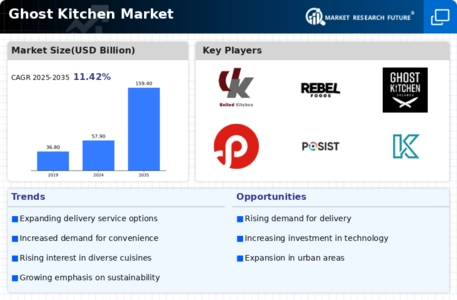
 Source: Secondary Research, Primary Research, Market Research Future Database and Analyst Review
Source: Secondary Research, Primary Research, Market Research Future Database and Analyst Review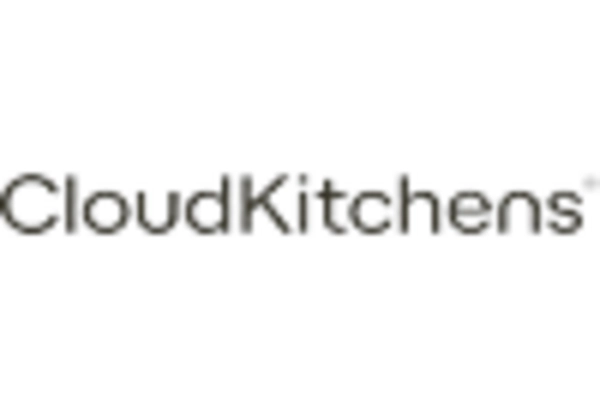
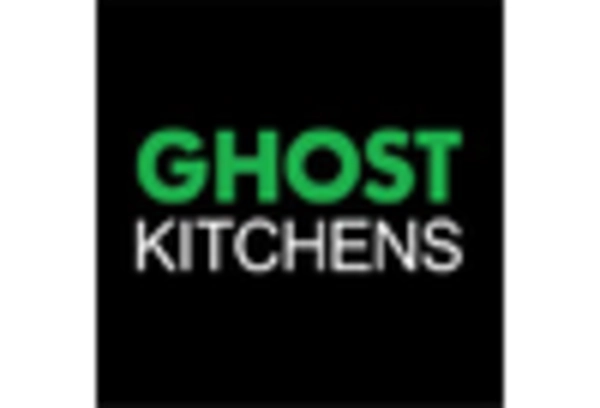

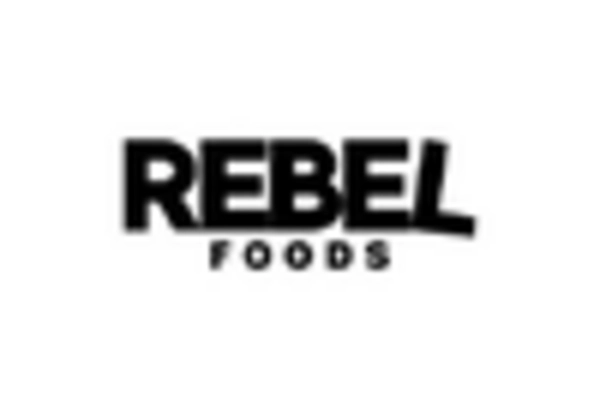

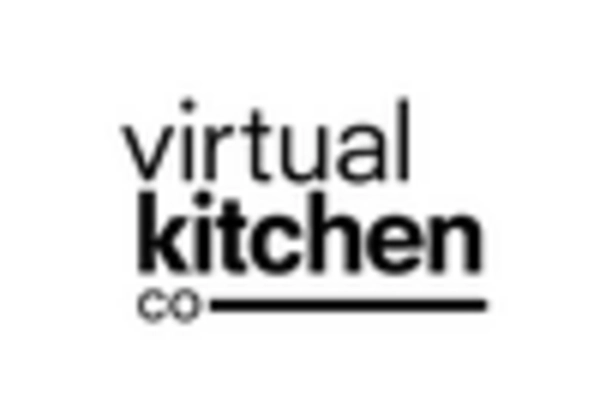

Leave a Comment